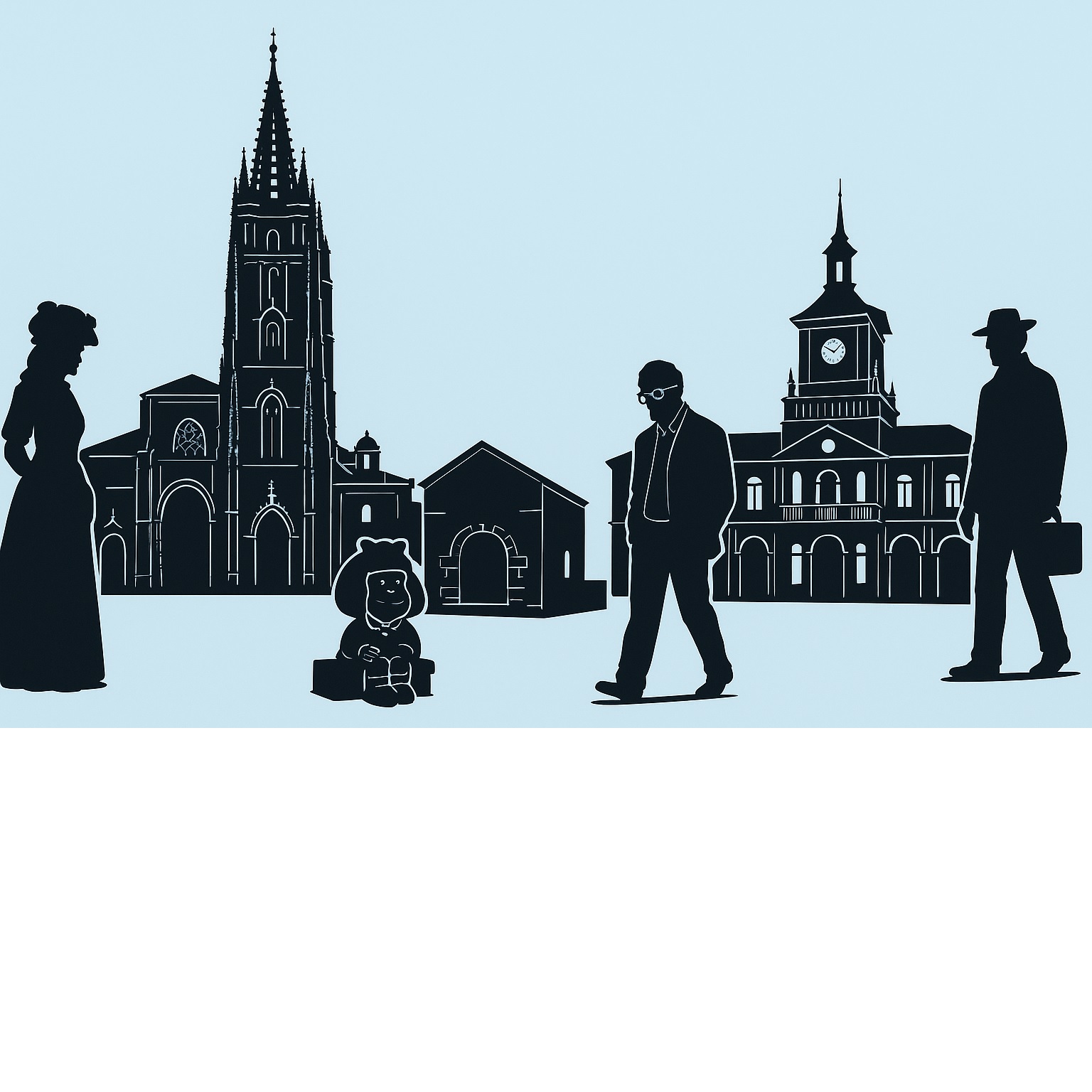The Foundation of Oviedo
Oviedo was founded in 761 AD by monks Máximo and Fromestano, who established a monastery dedicated to Saint Vincent in what was then a heavily forested area. This monastery became the original nucleus of the city.
The location was strategic: elevated (232 meters above sea level), well-connected by ancient Roman roads, and rich in natural resources. Its position offered protection against possible invasions.
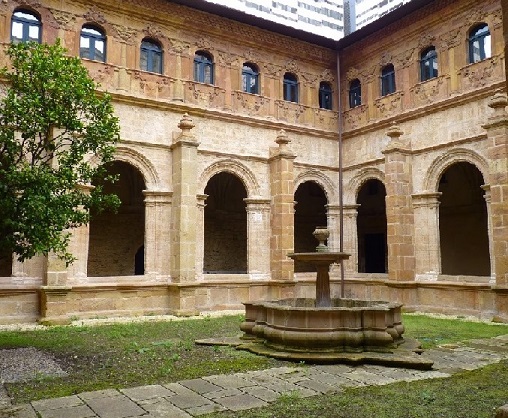
Cloister of the Monastery of San Vicente, Oviedo’s founding core
Key facts about the foundation
The Founding Monks
Máximo and Fromestano were monks from Toledo fleeing the Muslim advance in the Iberian Peninsula. According to medieval chronicles, they arrived in Asturias in search of a safe place to establish a Christian community.
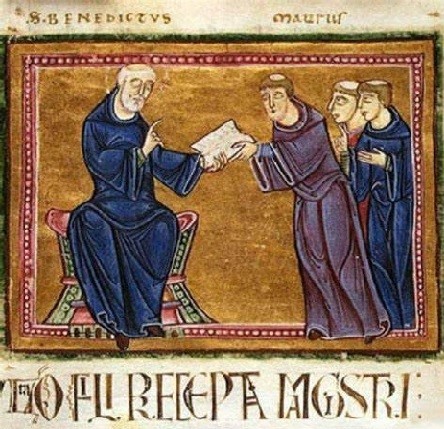
Fragment of the Benedictine Rule followed by the founding monks
The monastery they founded followed the Benedictine rule and quickly attracted other monks and settlers. Tradition says that King Fruela I, grandson of Pelayo, was born in this monastery, strengthening the ties between early Oviedo and the Asturian monarchy.
Early Settlements
Around the Monastery of San Vicente, a small urban nucleus began to form. The first settlers were:
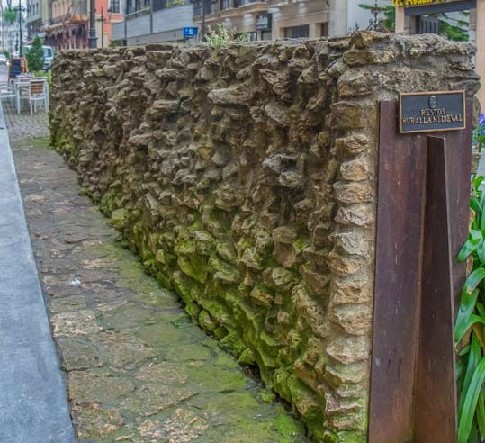
Archaeological remains of Oviedo’s early wall
This initial settlement was located in what is now the Socastiello neighborhood, near today’s Plaza del Paraguas. Archaeological excavations have found remains of homes and workshops from that period.
The Reign of Fruela I (757–768)
Fruela I, son of Alfonso I and grandson of Pelayo, was the first Asturian monarch to show interest in Oviedo. During his reign:
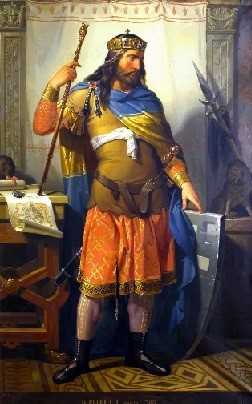
Historical representation of King Fruela I
However, his assassination in 768 temporarily halted the city’s growth, which would resume under Alfonso II the Chaste.
Oviedo as the Capital of the Kingdom
Oviedo’s true rise began with Alfonso II the Chaste (791–842), who moved the court from Pravia and made Oviedo the capital of the Kingdom of Asturias. During his reign:
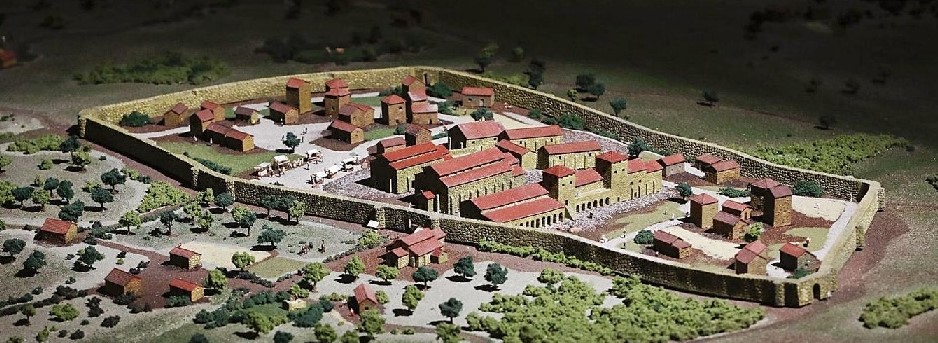
Artistic recreation of 9th century Oviedo
This period marked the birth of Oviedo as a city and political-religious center, a role it maintained throughout the Middle Ages.



